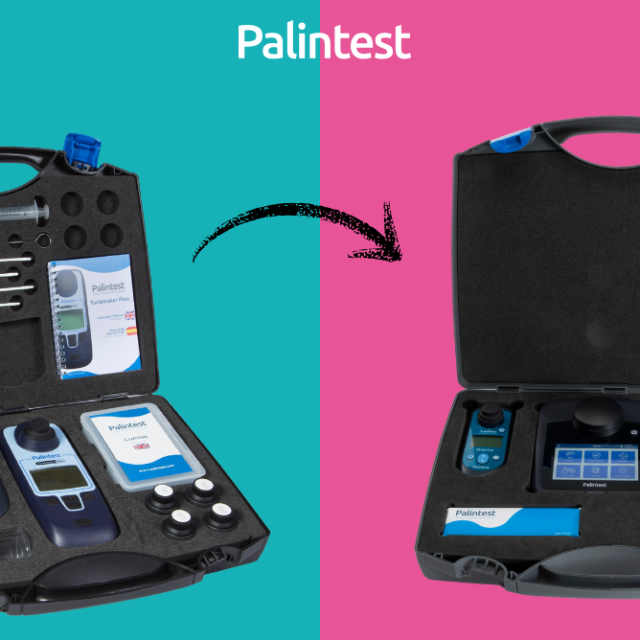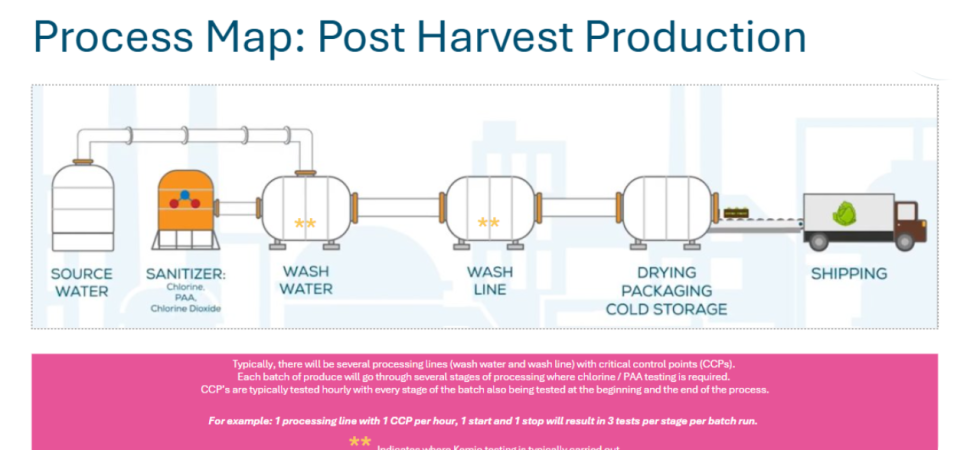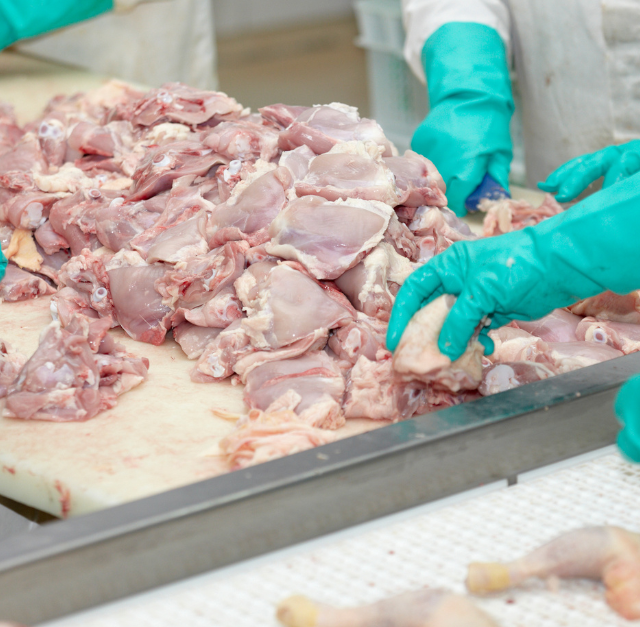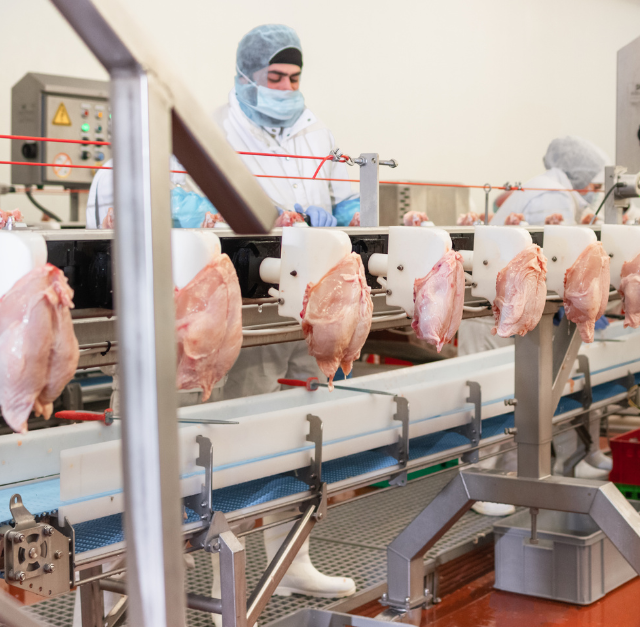
In the high-stakes world of food supply chains, the journey from field to fork is fraught with potential hazards – and water is one of the biggest variables. From salad washing to surface rinsing, water is central to post-harvest operations. But when that water carries microbial contamination or isn’t properly disinfected, it becomes a threat to food safety, public health, and brand trust. This is why water disinfection testing is no longer optional – it’s mission critical.
Although specific regulatory and monitoring approaches may vary, post-harvest producers across the world are under mounting pressure to demonstrate that the water they use meets regulatory, operational, and consumer expectations. And in this environment, only precise, repeatable testing can offer real protection.
The Hidden Risk in Unverified Water
In recent years, there has been an alarming rise in foodborne illness outbreaks linked to contaminated fresh produce. In many of these cases, insufficient water disinfection was the root cause. That’s because pathogens like E. coli, Listeria, and Salmonella can survive in wash water, especially in systems with poor process control or outdated testing methods.
To mitigate this, producers often treat water using disinfectants such as free chlorine, total chlorine, chlorine dioxide, and peracetic acid (PAA). Each has its strengths, and each must be carefully monitored to ensure effectiveness without compromising product quality or safety. Underdosing risks pathogen survival; overdosing can leave behind residues or damage the produce itself.
Why Traditional Testing Methods Fall Short
Historically, many post-harvest facilities have relied on visual or colour-based methods such as DPD kits and photometers. But these techniques are vulnerable to interference from turbidity, suspended solids, and human interpretation. In high-throughput environments, the risk of inconsistent or inaccurate readings increases significantly.
Water disinfection testing must be robust enough to work in real-world conditions – not just in ideal lab setups. That means accounting for coloured wash water, fluctuating soil loads, and the need for rapid turnaround.
A Smarter Approach: Electrochemical Testing
Modern producers are turning to digital, objective testing platforms to overcome these limitations. One such solution is Kemio Disinfection, an electrochemical testing platform developed by Palintest. Designed for frontline food safety, Kemio Disinfection offers traceable, accurate results without the uncertainty of colour comparison or the delays of lab testing.
Why electrochemical testing works better:
- Interference-free results even in turbid or particle-heavy samples
- Rapid, readings for disinfectants like free chlorine, chlorine dioxide, and PAA
- Minimal training required, ensuring consistency across operators
- Built-in digital records, supporting compliance and audit readiness
By integrating water disinfection testing into daily workflows using tools like Kemio, producers can reduce downtime, maintain product integrity, and meet increasingly stringent regulations across global markets.
Real-World Impacts of Improved Testing
Producers who adopt advanced testing methods are reporting improved batch control, fewer recalls, and faster corrective action. In fast-moving production environments, being able to test, validate, and adjust disinfection on the fly can mean the difference between staying ahead and falling behind.
Key advantages of modern testing in post-harvest settings:
- Fewer product recalls and reduced waste
- Stronger audit performance and retailer trust
- Improved consumer safety and brand reputation
When implemented effectively, water disinfection testing becomes more than a box-ticking exercise – it’s a foundation of operational excellence.
Building Confidence with Every Wash
As the fresh produce industry continues to evolve, so too must its approach to hygiene and safety. With regulators, retailers, and consumers demanding more transparency and accountability, post-harvest operations need to embrace testing methods that deliver reliability without compromise.
Water disinfection testing is no longer about reactive compliance – it’s about proactive protection. And with solutions like Kemio bringing science, speed, and certainty to the factory floor, producers now have the tools they need to deliver safer, smarter food.
Frequently Asked Questions
What is water disinfection testing in post-harvest food production?
- Water disinfection testing ensures that wash and rinse water used during post-harvest processes contains effective levels of sanitising agents, reducing the risk of pathogen contamination in fresh produce.
Why is traditional colour-based testing insufficient for post-harvest facilities?
- Colour-based tests can be inaccurate in turbid or coloured water and are subject to human error, making them unreliable in the fast-paced, variable environments of food production.
How does Kemio improve water disinfection testing?
- Kemio uses electrochemical sensors to deliver fast, interference-free results with built-in digital records, making testing more accurate, repeatable, and audit-ready.
What disinfectants can Kemio Disinfection measure in post-harvest applications?
- Kemi Disinfection can test for a range of disinfectants including free chlorine, total chlorine, chlorine dioxide, and peracetic acid (PAA), offering flexibility for different hygiene regimes.
Is water disinfection testing required by law in post-harvest operations?
- Yes, in most countries water quality testing is a regulatory requirement for food safety compliance, especially for ready-to-eat fresh produce with no final kill step.
Sign up for our newsletter
Please add your details below to receive our monthly newsletter and latest offers.





